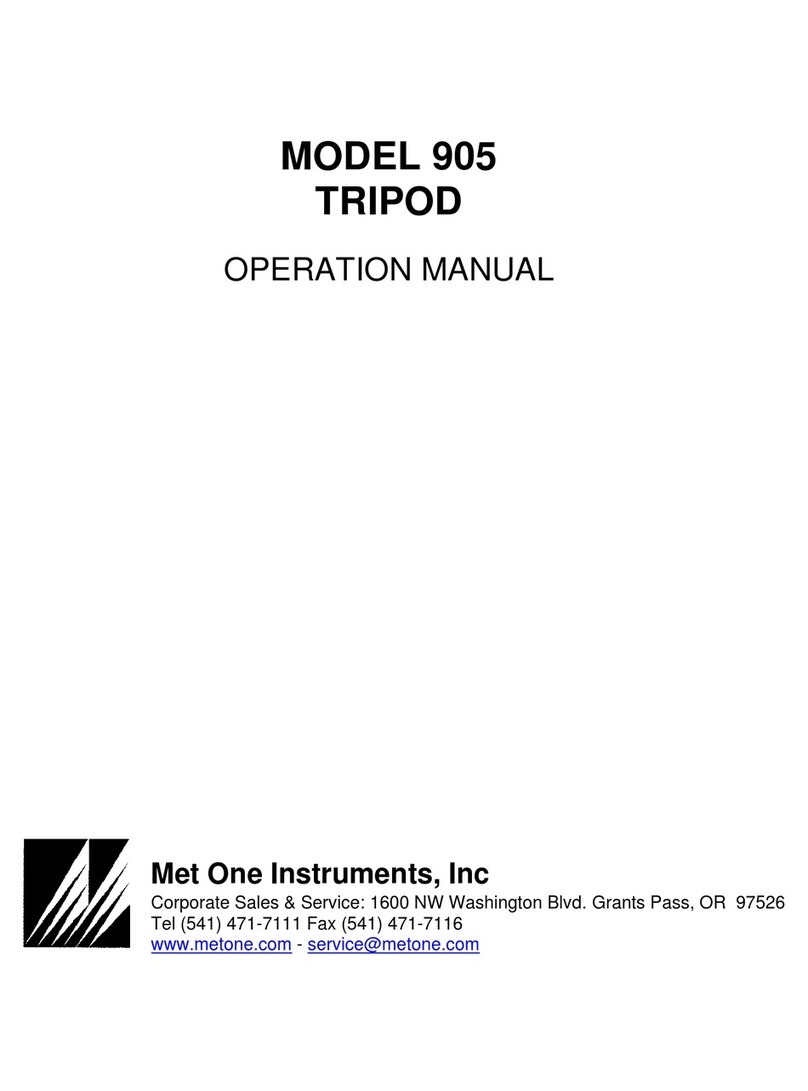
EX-12-9800 External Battery Kit Manual Rev B.docx Page 3
Battery Charger: Part 390093 is a Samlex SEC-1230UL 12V, 30A, microprocessor
controlled battery charger which can charge and maintain a single battery, multiple batteries in
a parallel bank, or even up to three separate batteries independently at the same time.
It can also be configured as a 12V power supply to run a load directly with no battery, or as
backup UPS to both run a 12V DC load and charge a backup battery at the same time. The
charger is supplied with its own detailed manufacturer’s manual.
It can be configured for 120V 60Hz or 230V 50Hz AC input with an internal jumper. The default
setting should be 120V.
The charger has two small configuration switches on the bottom. When used to charge the
supplied AGM batteries, S1 should be OFF and S2 should be ON.
Battery Box: Part 390058 is a basic plastic battery box to keep the battery clean and dry in
the field. The box comes with a nylon strap that should be used to secure the lid when used
outdoors. Spare boxes of this type are available from marine, RV, or auto parts stores.
Battery Cables: Part 81489 is a basic set of alligator clip battery charging cables (8 AWG)
that connect the output of the charger to the battery. For basic battery charging, install the
black cable into the negative (-) output, and the red cable to the positive (+) output on the
bottom of the charger.
Part 9638 is an included external power cable which is required in order to connect the power
input of the E-BAM V1 or E-Sampler instrument to the battery. NOTE: The E-BAM V1 includes
a 9638 cable as a standard accessory. The cable has an inline 3AG size, 15 Amp, slow-blow
fuse (part 590842) near the battery end of the red positive wire.
Part 83246 is an external power cable which is required to connect the power input of the E-
BAM V2 instrument to the battery. NOTE: The E-BAM V2 includes an 83246 cable as a
standard accessory. The cable has an inline 3AG size, 10 Amp, slow-blow fuse (part 590869)
near the battery end of the red positive wire.
Standard Battery Power Configuration
In the standard EX-12 kit configuration, one of the batteries is located inside the battery box on
the ground and is connected to the E-BAM V1 or E-Sampler power input with the 9638
external battery cable or connected to the E-BAM V2 power input with the 83246 external
battery cable. The second battery is located in a shop or lab where it is recharged with the
battery charger. When the field battery is exhausted, the two batteries are manually swapped
by the site operator.
1. Make sure the charger is configured for the appropriate line voltage, battery type, and
charging mode. In a dry, well-ventilated area, connect the negative (–) output of the
charger to the battery negative with the black alligator clip cable, and the positive (+)
output to the battery positive with the red cable. Plug in the charger and charge the
battery for about 24 hours or until fully charged.
2. Disconnect the charged battery from the charger. Place the battery inside the battery
box. Connect the red wire of the external battery power cable to the battery positive with
a wing nut and split washer. Connect the black wire to the battery negative. Route the
cable out of the box and close the lid. Plug the connector on the external battery cable
into the power input on the bottom of the E-BAM or E-Sampler. The instrument should
power up immediately. Configure and operate the instrument as desired.
























